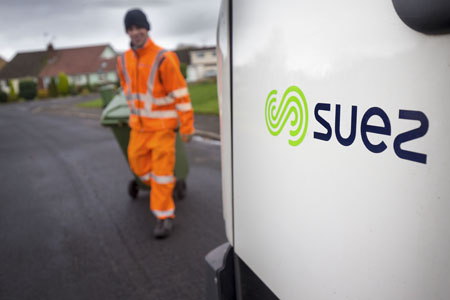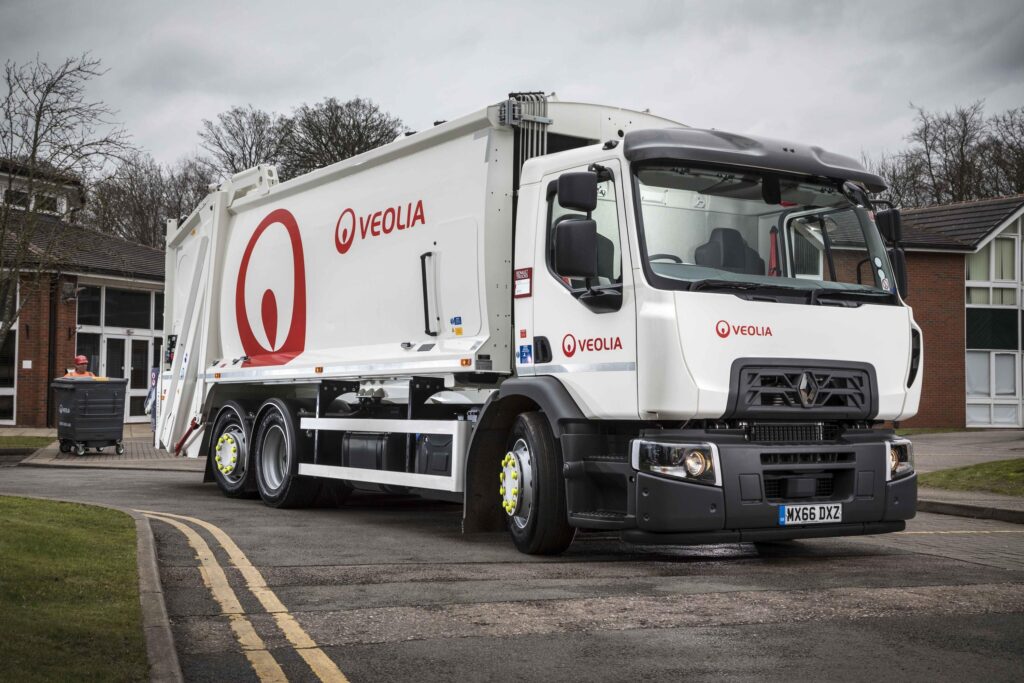The view comes in the IWM's response to the Environment Agency's consultation on the pre-treatment of waste which is an essential action before waste is landfilled. The document, although not statutory, will be used by the Agency to ensure that companies comply with the landfill directive. The consultation looks at questions which are essential to the implementation of the directive such as: Has waste been treated and what does treatment mean? But it does not look at issues such as what is waste or is the facility a landfill?
The guidance looks at the need for treatment before landfilling, what treatment means and when waste is considered to have been treated. It also looks at when it is possible to landfill before pre-treatment and how the waste should be handled. Treatment processes such as physical, separation, thermal, chemical and biological are also looked at.
In its response, the Institute said that it welcomes the three-point test identified within the guidance as a simple framework to identify the criteria to be met by waste treatment. To comply with the definition of treatment, waste must meet “the three point test” which includes the process, the change and the enhanced handling or recycling.
Source separation
Source separation is looked at as a method of treatment and the guidance takes a pragmatic view that the Agency will regard source separation as a physical process. The IWM said: “We applaud the pragmatic interpretation proposed for source separation.” But the Institute questioned the interpretation of source segregation and said: “Segregation is deemed to be a physical process – why will the Agencies normally expect further treatment, how far back in the production process would segregation be interpreted as extending?”
The question was also raised as to whether the segregation of a small proportion of the material for recovery would render the remainder of the stream as treated waste as there may be no physical evidence of an element having being treated. This argument hinges on what is a “small proportion”.
And the Institute added: “The statement that “separation may take the form of segregation at source”, needs to define what source means, point of production or site of production or site where waste has been taken to for sorting?”
The Institute also said that it would help if sorting was clearly defined and said would source separation of hazardous and non-hazardous waste elements qualify as treatment and be sufficient?
While the guidance looks at reducing the volume of waste it makes it clear that compacting waste does not meet the directive's requirements. The Agency said that the compaction only results in a short-term decrease in volume and does not reduce the quantity of waste landfilled or change its characteristics.
The Institute asked for proof that the compaction of waste results in only a short-term decrease in volume and said that in landfill compacted wastes tend to reduce in volume over time rather than the reverse. The Institute added that while it understands the argument behind the statement that compaction, wetting, bagging do not change the characteristics of the waste however, they are likely to affect the behaviour of the waste in the landfill in terms of biodegradability and leachability.











Subscribe for free